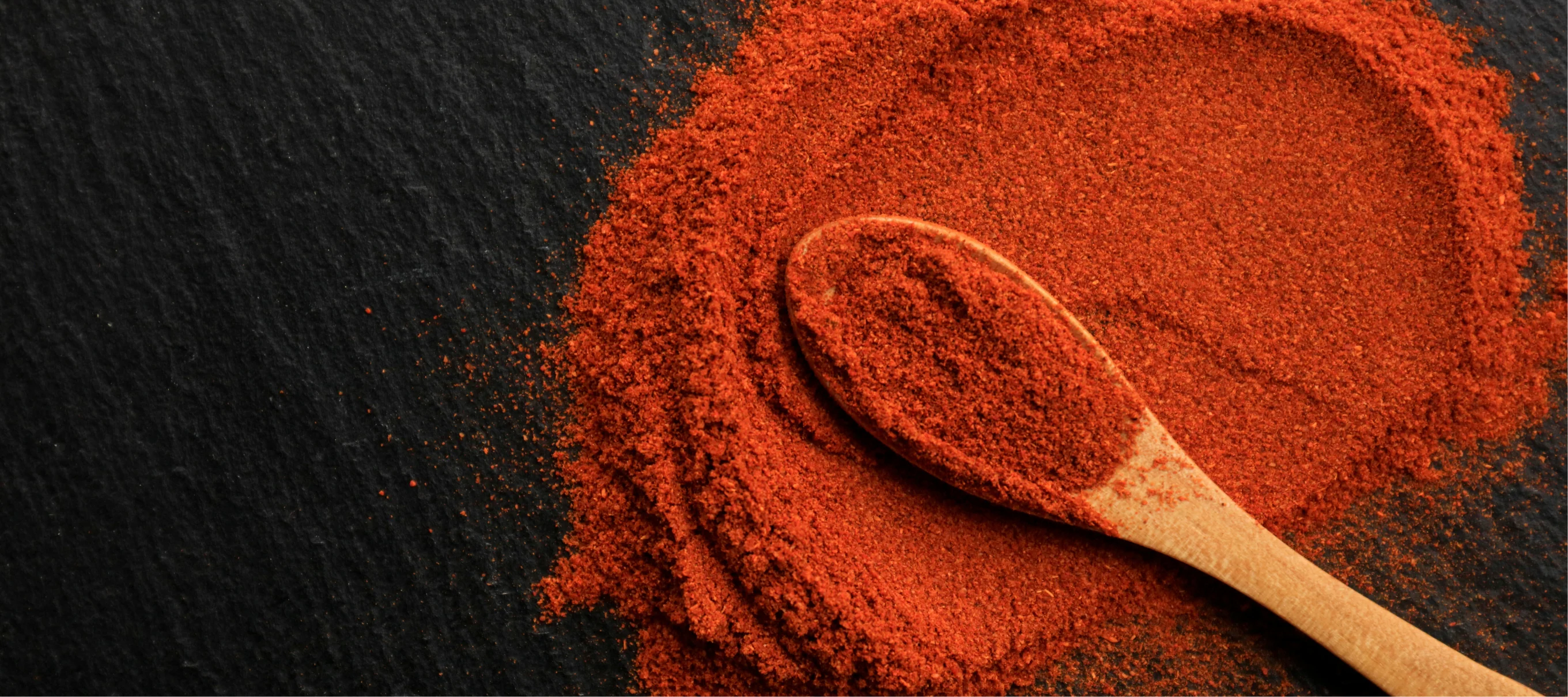- No. 268 Xianghe Street, Economic Development Zone of Xingtai city, Hebei 054001 China
- Byron@hbhongri.cn
sweet paprika spice
The Flavorful World of Sweet Paprika Spice
Sweet paprika, a vibrant red spice made from ground bell peppers or sweet peppers, is one of the most beloved seasonings in various cuisines around the world. Its warm hue and mild flavor contribute not only to the taste of dishes but also to their visual appeal. From Hungarian goulash to Spanish chorizo, sweet paprika serves as a key ingredient, bridging cultural gaps through shared culinary experiences.
A Rich History
The origins of paprika trace back to the Americas, where the Capsicum annuum plant was first cultivated. After Christopher Columbus brought it back to Europe in the late 15th century, paprika became an integral part of the cooking traditions of several countries, notably Hungary and Spain. In Hungary, paprika gained popularity in the 19th century, evolving into a symbol of national cuisine. Hungarians even have a saying Without paprika, there is no Hungarian cuisine. Developed into varieties such as sweet, spicy, and smoked, paprika highlights the versatility of this remarkable spice.
The Production Process
The process of making sweet paprika begins with harvesting ripe bell peppers. Once picked, the peppers are washed, dried, and ground into a fine powder. The sweetness of paprika primarily comes from the type of peppers used, predominantly sweet red bell peppers, which are naturally low in capsaicin, the chemical responsible for spiciness. The result is a spice that imparts a subtly sweet and peppery flavor without overwhelming heat, making it an excellent addition to a variety of dishes.
Culinary Uses
Sweet paprika is incredibly versatile and adaptable in the kitchen. Its primary use is as a seasoning in numerous international dishes. In Hungarian cuisine, it’s a fundamental ingredient in goulash, where its rich color and flavor define the dish. Paired with meats, vegetables, and starchy foods, sweet paprika adds depth and complexity.
sweet paprika spice

In Spanish cooking, it’s often used to season chorizo or as a vital element in paella, providing a captivating warmth that enriches the dish. Moreover, the Spanish version of paprika, known as pimentón, can come in sweet, smoked, or spicy varieties, allowing for various flavor profiles.
Beyond these cuisines, sweet paprika finds its way into American dishes, too. It's a common ingredient in deviled eggs, potato salad, and as a garnish for creamy soups. Its bright color also enhances visual appeal, making it a popular choice for decorative purposes.
Health Benefits
In addition to its culinary benefits, sweet paprika is rich in antioxidants and contains essential vitamins and minerals. It is a good source of vitamin A, which supports vision and immune function, and vitamin E, which promotes healthy skin. The presence of capsaicin, although minimal in sweet paprika, still offers anti-inflammatory properties, making it a worthwhile addition to a balanced diet.
A Spice for Everyone
One of the most appealing aspects of sweet paprika is its accessibility to cooks of all skill levels. Its mild flavor makes it an ideal starting point for those unfamiliar with spices, encouraging experimentation in the kitchen. Whether you sprinkle it onto a simmering sauce or mix it into a dry rub for grilled meats, sweet paprika brings a touch of warmth and sophistication to everyday meals.
Conclusion
Sweet paprika embodies the spirit of culinary adventure and the rich tapestry of global cuisine. Its history, production, and versatile use in various dishes highlight its importance in kitchens worldwide. Whether you’re looking to add a splash of color to your plate or searching for that perfect flavor to elevate your cooking, sweet paprika is a spice that invites exploration. As you continue your culinary journey, let sweet paprika be your guide, unlocking new depths of flavor and connection to the world through food.
-
Turmeric Rhizome Powder: A Golden Treasure from Roots to TableNewsJul.28,2025
-
The Versatile Application Of Crushed Red Hot Peppers: Lighting Up The Red Flames On The Dining TableNewsJul.28,2025
-
The Paprika: A Touch Of Vibrant Red In Color, Flavor, And CultureNewsJul.28,2025
-
Ground Turmeric: A Modern Examination of an Ancient SpiceNewsJul.28,2025
-
Capsicum Liquid Extract: Features, Applications, and ChallengesNewsJul.28,2025
-
Application of Capsicum Liquid Extract in FoodNewsJul.28,2025







